During the Festival of Innovation 2025, attendees were able to hear about innovations in exhibits from our expert panel.
The discussion was led by Judith Zissman, executive creative director at Blue Telescope, who was joined by Malika Pryor, chief learning and engagement officer at the International African American Museum, and Amanda Mayne, head of partnerships: international touring exhibitions at the British Museum.
Together, they explored how to create exhibits that connect to place and engage diverse audiences. They also considered emerging trends within museum exhibits and shared their insights into what the future might hold.
Watch all of the Festival of Innovation sessions
hereInnovation in exhibits: Meet the experts
Judith Zissman
Judith Zissman is executive creative director at Blue Telescope, a studio that creates interactive and narrative media for museums, themed entertainment and corporate experience centres. Blue Telescope specialises in dealing with complex topics and difficult histories and works to develop transformative experiences that help institutions connect with their audiences.
Zissman approaches challenging or complicated subjects with precision, compassion, and clarity. Recent clients include Sloan History Gallery, Kennedy Space Center, Smithsonian’s National Air & Space Museum, Sing Sing Prison Museum, and Historic Hudson Valley (Kofi’s Fire).
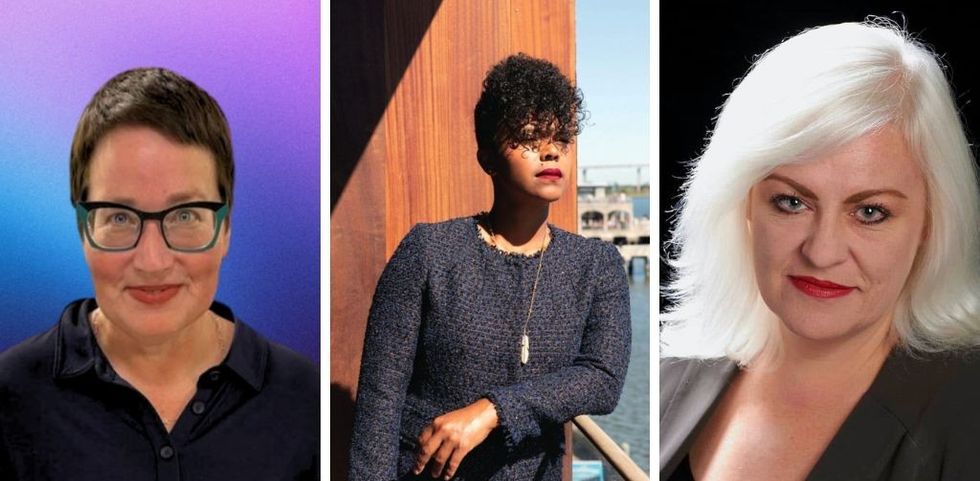
Malika Pryor
Malika Pryor is chief learning and engagement officer at the International African American Museum, which opened in 2023 .
In this role, she leads programmes that explore the Middle Passage, the African diaspora, and the vital contributions of African Americans to history and the modern world. This work includes exhibitions, school programmes, faith-based initiatives, local and national public programmes, and the Center for Family History, a unique research centre focused on African American genealogy.
Pryor has 15 years’ experience in the museum sector, including positions at the Charles H. Wright Museum of African American History, the National Art Gallery of the Bahamas, and the Detroit Historical Society.
Amanda Mayne
Amanda Mayne is head of partnerships of international touring exhibitions at the British Museum.
The British Museum cares for more than 8 million objects. One of the institutions’ core missions is to share the collection internationally and it has been touring exhibitions for 25 years.
Mayne joined the British Museum in 2007 and during this time, the department has opened approximately 220 exhibitions in 27 countries, engaging an audience of over 28 million international visitors.
Before joining the British Museum, Mayne served at the National Maritime Museum in Greenwich, London. She is the co-chair of the International Committee of Exhibition Exchange (ICEE) and has been a member of its board since 2016.
Diverse perspectives
Zissmanopened the session on innovation in exhibits by inviting the panellists to share their upcoming projects, and perspectives as a new institution and one of the oldest museums in the world.
Mayne said The British Museum tours eight or nine exhibitions at any given time and is developing approximately 10 more. These reflect the museum’s expansive collection. Current shows explore ancient Egyptian history, fakes and forgeries, feminism, and works on paper.
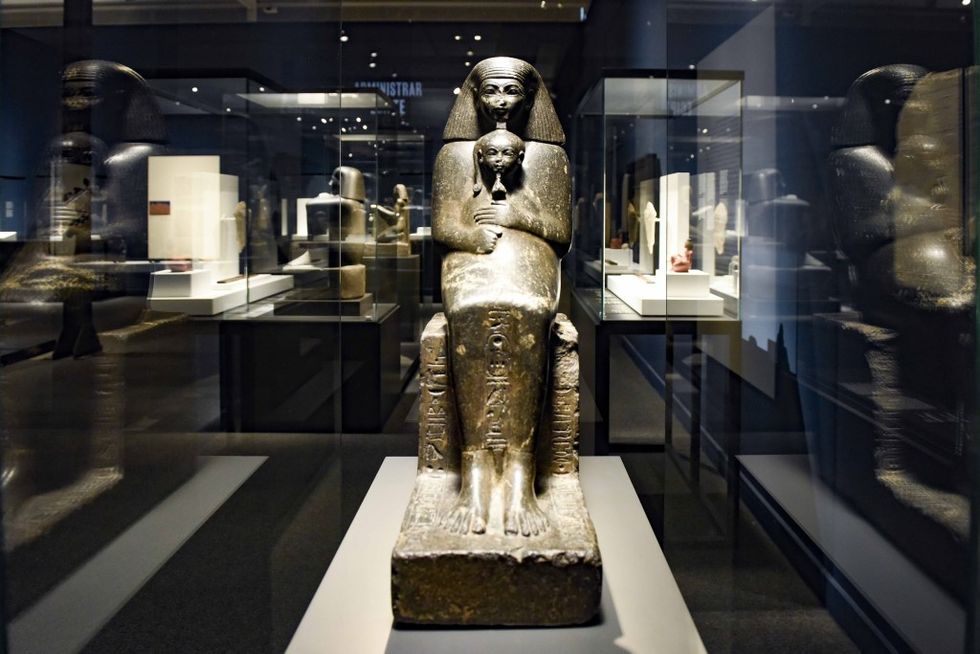
New developments include an immersive exhibition about ancient Egypt and the Book of the Dead, which will be touring from late 2026. The innovative British Museum Unseen exhibitions are available as downloadable licensing packages.
“This is using stories from the museum collection, and, let's be honest, that's what exhibitions are all about,” said Mayne. “But people download images, they download context and text, which they then use to present the exhibition in their venues.”
In contrast, the International African American Museum leans into the power of place.
“Our museum is located on a former slave wharf. At the time of its completion in the late 1770s, it was arguably the largest in all of North America in the business of the transatlantic slave trade. So we are our structure,” said Pryor.
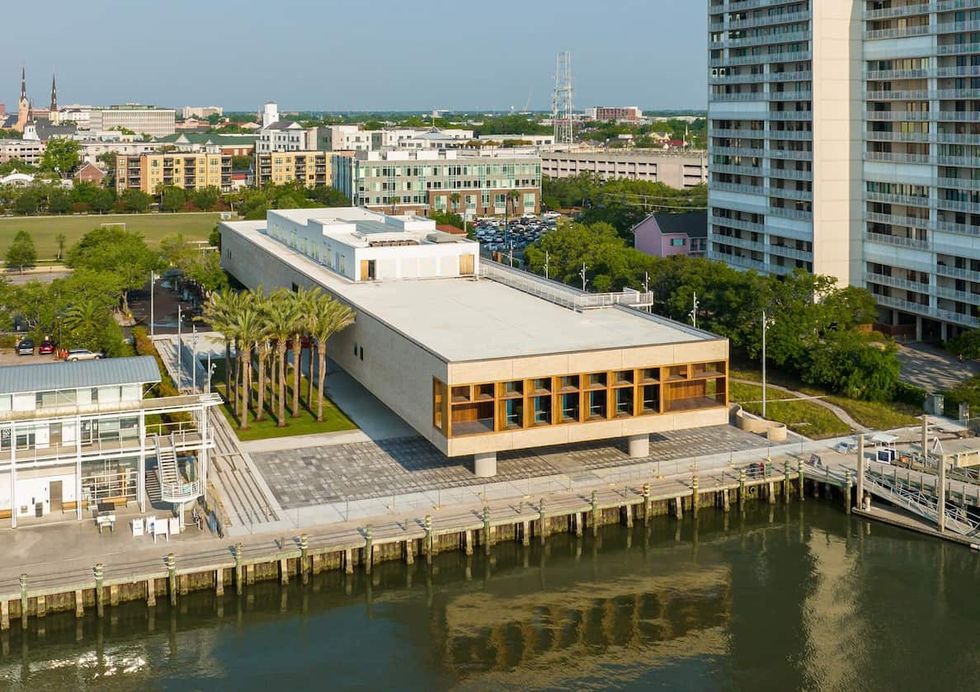
The museum presents interpretation across its gardens and galleries, with nine core exhibitions on African American History.
“They are as immersive as they are interactive as they lean into and pull on traditional material culture, artefacts, papers, letters, and images. Contemporary and historic art travels through all of our core exhibitions.”
Multiple conversations
The discussion on innovation in exhibits highlighted ‘conversations’ as a key thread running through all of the organisations' works.
In the International African American Museum, the layered experience of tech, traditional artefacts, art, and interpretive content sparks conversations.
Multiple conversations, Zissman said, is a theme that she sees running through Blue Telescope’s work.
“People bring their own stories, their own history, their own complexity,” she said. “And how do you create those multiple conversations and recognize that the experience is in that multiplicity.”
A recent project, Kofi’s fire, launched online as an interactive graphic novel aimed at middle and high school students, and aimed to open up conversations about slavery in the north of America.
“Telling underserved stories, having those multiple conversations, meeting people where they are, using new media to try and tell stories and ways that resonate with new audiences.”
The International African American Museum, she said, is designed for conversation, and places its exhibits in conversation with both each other and its audiences. In the South Carolina Connections gallery, for example, traditional material culture shown on each side connects to 16 interactive maps at the centre.
Although designed for an intergenerational appeal, Pryor said that young people use the interactives for extended periods.
“Part of why I highlight young people is that so often we're trying to crack the code on how to get young people to engage and to care about the work that we're doing.”
Innovation in exhibits: collaboration
Zissner asked if the British Museum faces the opposite challenge. How does it take exhibitions out into different experiences, contexts, and audiences?
“It's probably one of my favourite things about the job,” said Mayne. “I'm going to use your word, Malika, conversations. That's what it's about.
“A really good example of this is our Feminine Power exhibition, which is currently in Spain but has been all over the world."
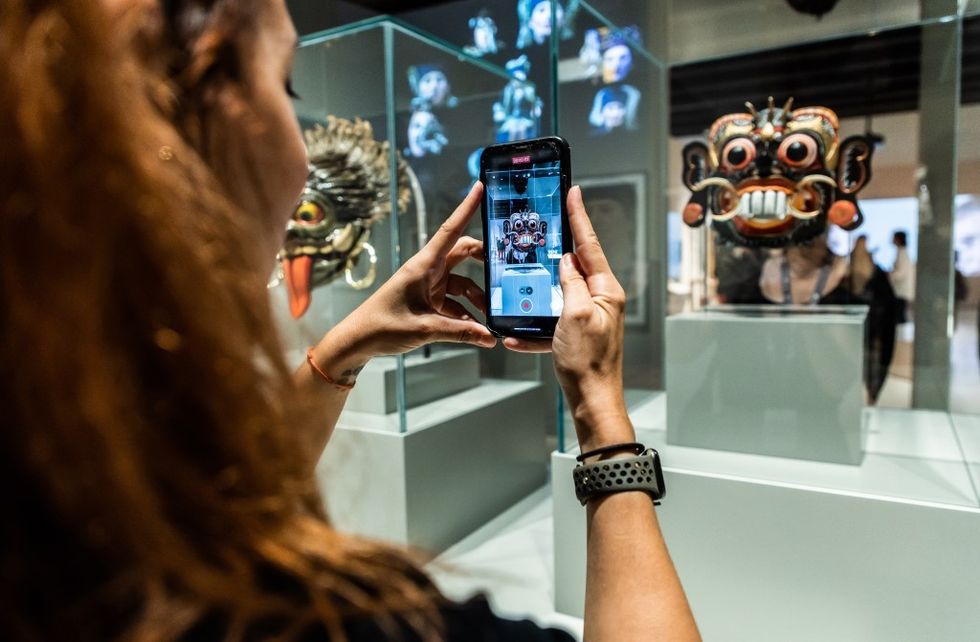
“It’s a real mixture of traditional artefacts, contemporary artworks, contemporary voices.
“We have a talking head section, which we change everywhere it goes. So in London, we had prominent women thinkers and speakers. The public was introduced to these schools of thought or various themes by people they would recognize. That changes for Australia. That will change again.
“And what is really important is that we do not tour turnkey exhibitions. We don't send the objects and the design in a shipping container, and that's what you put on. That isn't what we do.”
The British Museum approaches touring exhibitions as a collaboration with its partners, designing shows to speak to the audience at each venue. “That's the innovation of touring exhibitions, finding that voice that will resonate with an audience,” said Mayne.
“We also encourage our partners to add their own objects or stories into our exhibitions.
“It's really important that when visitors go to their local museum or national institution, they can see those connections around the world.”
‘Embodied and embedded’
The discussion moved to the innovation and trends that are shaping exhibits.
Mayne said the British Museum’s “bread and butter” is to present objects and tell stories, and it is starting to look at ways of telling and enhancing these with objects, with digital and immersive experiences, and also without the objects. In this, innovation will help overcome the financial and geopolitical challenges in sharing these stories.
“The changes I've seen in the landscape in the last three or four years is that people are beginning to think that's a possibility, that actually the parameters of an exhibition do not stop at the gallery walls. They do not sit within a display case. Do not sit with the text on a label.”
One of the most important innovations for the sector, said Pryor, is the realisation that it is in conversation with its community. Museums have a responsibility to be subject matter experts, and to learn as institutions continually.
Being informed by its community means that the International African American Museum can be “engaged in a very specific conversation and still manage to find a million different ways to tell it.”
Zissman said that “being embodied and embedded” are themes in Blue Telescope’s thinking about the present and future for museums.
These themes, about what it means to physically have your body in a space at a time when things are increasingly digital and virtual, and being embedded in community, reflect a shift in storytelling towards multiple perspectives.
The enduring magic of objects
Next, Zissman asked the panel about their hopes for the future when it comes to innovation in exhibits.
“For me, we will never lose that magical feeling, that interaction with an object that speaks to you,” said Mayne. “I still get that moment with the hair standing up on the back of my neck where I understand an object, I have a connection with an object, and I'm super excited by it.”
Digital, she said, offers an enhanced experience and opportunities for immersion, but she does not see a future without objects in exhibitions. She hopes that the museum can continue to tour objects internationally, either in exhibitions or something bespoke.
She also said she hopes that the British Museum can continue to balance the needs of international tourists and local visitors and that the museum’s major refurbishment project will provide opportunities to share more in the future.
“The future I see is one that's filled with a lot of opportunity,” said Pryor.
“Museums, large and small, are often slow-moving when it comes to change. I think every challenge is an opportunity. So that presents lots of opportunities for us to consider what it looks like to take our time, but also to occasionally hurry up.”
Pryor said that she hopes for fair funding so that cultural institutions, particularly smaller ones, can fulfil their potential.
A brave future
“The future that I'm hoping for is one where we are open to the reality that the possibilities are endless, for every single sort of museum, and that we're encouraged to be as brave as sometimes I think we think we are, but we aren't quite yet,” adds Pryor.
“The future that I'm hoping for, is one where we really are as brave as we want to be.”
The panellists shared the institutions that they see doing brave work. These included the Detroit Institute of Arts. This internationally renowned art museum partners with Detroit-based contemporary artists to support their practice and elevate the city’s arts scene.
“They currently have a contemporary exhibition that features the work of a Detroit-based artist, Tiff Massey.
“This is really exploring all things contemporary Detroit, but particularly sort of an African American urban Detroit aesthetic in this incredibly beautiful, elevated and nuanced way,” said Prior.
The International African American Museum has delivered a similar project with Charleston-based artist, Fletcher Williams.
Mayne pointed to exhibitions at the British Museum, including an exhibition by the Guyanese-British artist Hew Locke, exploring histories of British imperial power through the museum collection.
She also drew on her experiences as co-chair of ICOM Exhibitions, with the Estonian National Museum, host of the 2024 ICOM ICEE conference, among her recommendations.
Innovation in exhibits: challenges and possibilities
The panel turned to the challenges faced by the sector.
“One of our challenges as museums is what it looks like to get people to where we are, and also to communicate effectively wherever the people are,” said Pryor.
She spoke about the cost and infrastructure needed to reach audiences, both physically and digitally, and the need to be accessible to audiences in locations ranging from urban centres to rural communities. One example was the logistics of touring exhibitions across the Bahamian Archipelago.
“One of the biggest challenges that I'm seeing is geopolitical,” said Mayne. “The rise of voices that potentially we never thought we'd hear again, those challenges where people are not open to dialog and discussion, which they need to be. We need to have these discussions, and for people to think critically about museums and what they can bring to the wider public.
We need to have these discussions, and for people to think critically about museums and what they can bring to the wider public.
“How do they make people feel? Would that make you think of your place in connection with other communities? You know the past. What can we learn? For me, the challenge is about keeping those channels of communication open.
“We're in quite dark times at the moment. I think it's really important that those conversations are still had and that people feel safe to have those conversations.
“It's my hope is that challenge does become an opportunity and we keep pushing forward.
"It's just about being open-minded."







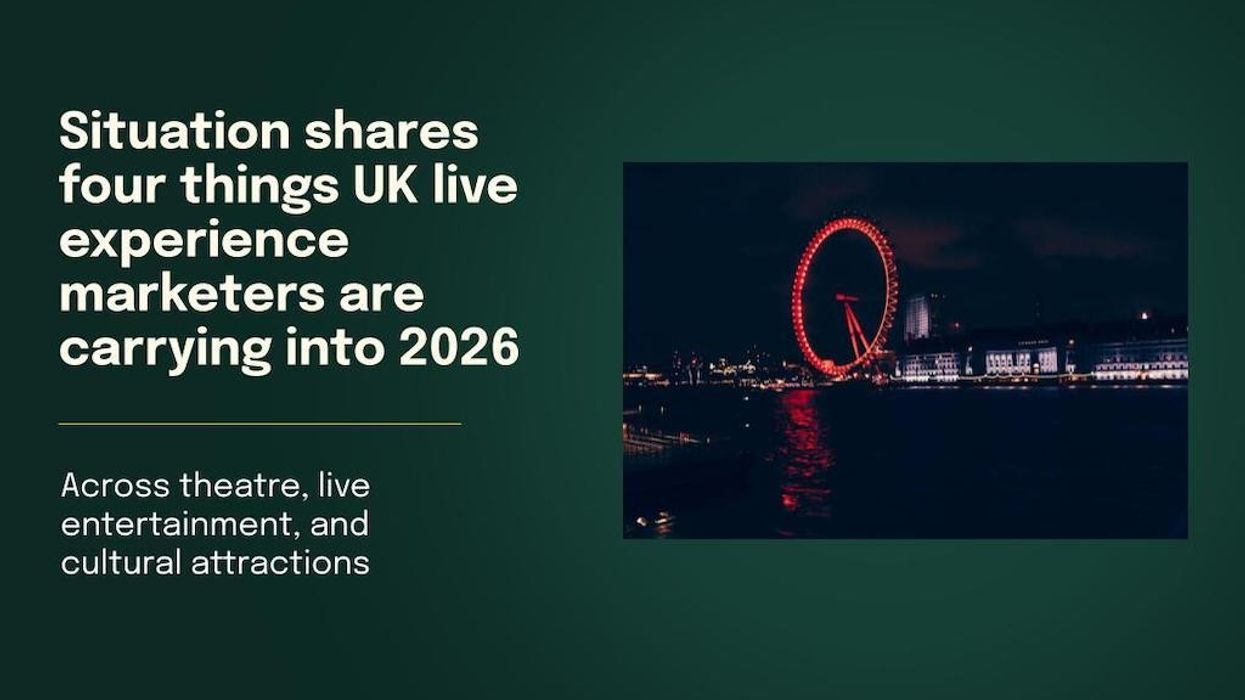


 TM Lim and Adam Wales
TM Lim and Adam Wales






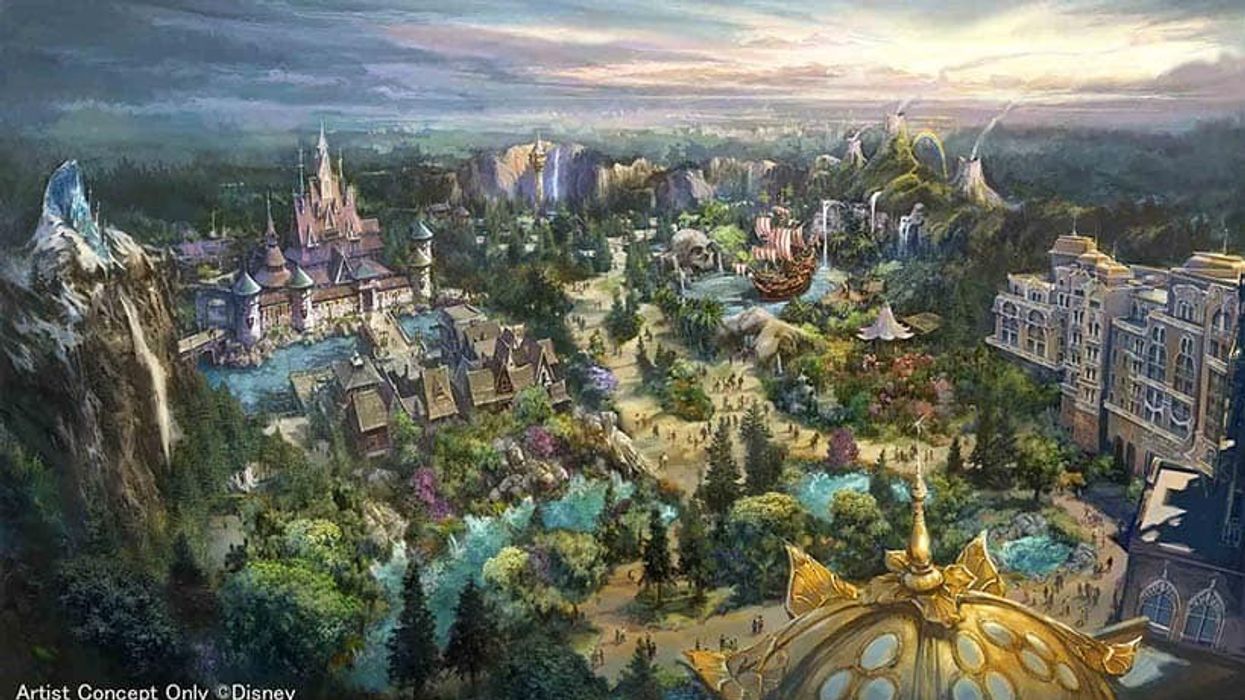


 Toby Harris
Toby Harris Hijingo
Hijingo Flight Club, Washington D.C.
Flight Club, Washington D.C.
 Flight Club Philadelphia
Flight Club Philadelphia Flight Club Philadelphia
Flight Club Philadelphia Bounce
Bounce Hijingo
Hijingo Bounce
Bounce
 Fernando Eiroa
Fernando Eiroa











 Nickelodeon Land at Parque de Atracciones de Madrid
Nickelodeon Land at Parque de Atracciones de Madrid Raging Waters
Raging Waters  Mirabilandia's iSpeed coaster
Mirabilandia's iSpeed coaster Parque de Atracciones de Madrid
Parque de Atracciones de Madrid Ferracci at the ribbon-cutting ceremony for Nickelodeon Land at Mirabilandia, with (left) Marie Marks, senior VP of global experiences for Paramount and (cutting the ribbon) Sabrina Mangina, GM at Mirabilandia
Ferracci at the ribbon-cutting ceremony for Nickelodeon Land at Mirabilandia, with (left) Marie Marks, senior VP of global experiences for Paramount and (cutting the ribbon) Sabrina Mangina, GM at Mirabilandia Tropical Islands OHANA hotel
Tropical Islands OHANA hotel Elephants at Blackpool Zoo
Elephants at Blackpool Zoo  Tusenfryd
Tusenfryd
 Andrew Thomas, Jason Aldous and Rik Athorne
Andrew Thomas, Jason Aldous and Rik Athorne







